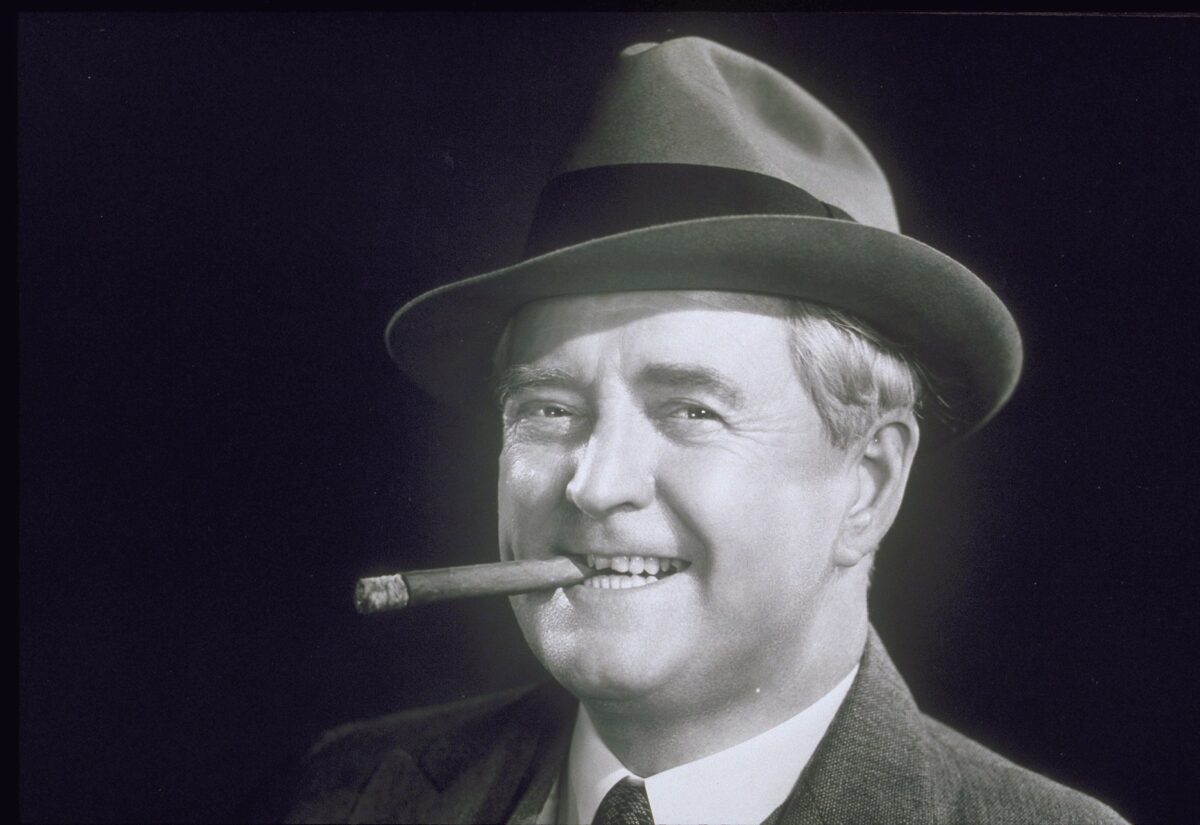 Unsplash/Getty
Unsplash/GettyWorld War II was defined by scarcity. Ration books, blackout curtains, and salvage drives became part of daily life for millions across Europe and beyond. Food was strictly portioned, fuel was hard to come by, and luxuries were either unavailable or rebranded as unpatriotic. But despite the upheaval, some surprising indulgences didn’t disappear entirely. From beauty salons in bombed-out cities to lavish meals served behind blackout curtains, people clung to touches of elegance. In some cases, class privilege helped maintain them. In others, sheer ingenuity did. Here are some of the more surprising luxuries that carried on despite the pressures of World War II, and what they say about human nature under strain.
High fashion in occupied Paris.
Even under Nazi occupation, Paris held tightly to its title as the global fashion capital. Though fabric rationing and curfews reshaped daily life, couture houses continued operating. Designers like Jeanne Lanvin and Lucien Lelong produced collections, sometimes using upholstery fabrics, parachute silk, and old stock. Lelong even helped persuade German officials not to relocate Paris’s fashion industry to Berlin.
Fashion shows didn’t stop—they just moved behind closed doors, with elite Parisiennes and collaborators among the clientele. Fashion became a quiet form of resistance, and in some cases, complicity. While much of Europe endured drabness, Paris proved that vanity and artistry were surprisingly resilient.
Perfume production never stopped.
Soap was scarce and toiletries often diluted, but perfume, especially French perfume, continued to be produced and sold throughout the war. Companies like Guerlain, Coty, and Caron adapted to material shortages by reducing production runs, but they never fully shut down.
Perfume became symbolic: a way for women to feel elegant despite the grimness around them. Small bottles of scent were given as romantic gifts to soldiers’ sweethearts or used sparingly to preserve a sense of personal dignity. Fragrance was also a valuable export commodity—another reason why factories were allowed to keep going, especially under German occupation.
Luxury trains still ran—sort of.
Long-distance rail travel was limited by war demands, but luxury railcars and elite travel experiences didn’t vanish entirely. The Orient Express, once a byword for glamour, continued running in modified forms throughout parts of Europe. In neutral or less-affected regions, luxury train services offered respite from the surrounding chaos.
In Switzerland, Sweden, and parts of unoccupied France and Italy, select trains still offered multi-course meals, uniformed staff, and sleeping compartments with pressed sheets. Of course, these services were only accessible to those with connections, money, or military clearance. But their continued existence proved that even as the world burned, the idea of travelling in style never fully lost its appeal.
Champagne flowed underground.
The Champagne region of France took extraordinary steps to protect its prized product during occupation. Producers stored their finest vintages in the labyrinthine cellars beneath Reims and Épernay, hiding them from Nazi requisitions. Some cellars stretched for miles underground and became wartime sanctuaries for both wine and winemakers.
While the Germans did seize significant quantities, French producers often gave up lesser bottles while secretly preserving their best stock. Meanwhile, black-market traders and high-ranking officials on both sides ensured Champagne kept flowing—at parties, in salons, and sometimes even at the front lines. Its sparkle became a form of escapism in the bleakest of times.
Movie premieres and red carpets still went ahead.
Across Britain, the U.S., and even parts of Europe, cinema became an essential morale booster. Hollywood never paused production, and stars like Bette Davis and Cary Grant continued to shine. In London, film premieres went ahead—sometimes even during air raids—with audiences determined to be entertained.
Glamour took on new meaning. Wartime red carpets were less extravagant, but still carefully styled. Film stars supported the war effort by promoting war bonds and visiting troops, but they also kept up appearances. For audiences, a trip to the cinema wasn’t just a distraction—it was a reminder that life, beauty, and even celebrity could survive the storm.
Silk stockings were available—at a price.
With silk and nylon prioritised for parachutes and military gear, stockings became nearly impossible to find. But scarcity only made them more desirable. On the black market, imported silk stockings fetched eye-watering prices. American GIs stationed in Britain and France often became unofficial suppliers, bringing pairs for girlfriends and locals alike.
Some women turned to clever alternatives, painting lines up the backs of their legs to simulate seams, or using liquid stocking makeup. But for those who could afford the real thing, silk stockings remained a potent symbol of femininity and luxury. In wartime, wearing them became a quiet act of defiance, or seduction.
Elite dining behind closed doors.
Food rationing was strict, but private clubs, embassies, and certain restaurants continued to serve multi-course meals, though usually hidden from public view. In London, exclusive establishments like the Savoy or members-only clubs found creative ways to keep up appearances, sourcing ingredients through private estates, personal farms, or international networks.
Menus included off-ration items like truffles, game, or shellfish. Meals were paired with vintage wine and served under candlelight, sometimes to the sound of distant air-raid sirens. These meals weren’t just indulgent; they were symbolic, sustaining the illusion that the old world still held sway, at least for a privileged few.
Tailored uniforms for officers
Military uniforms were standardised, but not always evenly. Senior officers, especially those from aristocratic or elite backgrounds, frequently commissioned tailored versions. In Britain and Germany, these bespoke uniforms were cut from finer materials, with sharper silhouettes and more stylish finishes.
A well-fitted coat and polished boots weren’t just about vanity; they conveyed authority and boosted morale. For some, the uniform became an extension of personality. And in an era where individuality was often subsumed under duty, these tailored touches were subtle assertions of self.
Beauty pageants and society balls
Though many were cancelled or scaled down, beauty contests and formal dances didn’t disappear altogether. In the U.S., pageants continued, sometimes doubling as fundraisers for war bonds. In Britain, charity galas and dances were held to boost spirits, especially in cities spared the worst of the Blitz.
Gowns were repurposed or handmade, venues darkened for blackout regulations, and rationed refreshments served with flair. But the sparkle remained. These gatherings were about more than glamour; they helped people hold on to civility, community, and joy, even as the world shifted around them.
Luxury cigarettes and cigars
Tobacco shortages hit many countries hard, but high-end products like Cuban cigars or Turkish cigarettes continued to circulate, if you knew where to look. Officers often had access to better brands through military suppliers, and in civilian circles, fine tobacco became a premium commodity.
Cigarettes were used for trading, bribery, or morale. A well-rolled cigar, presented as a gift or smoked during a rare moment of peace, held enormous symbolic weight. Even under rationing, the right brand still conferred prestige.
War imposes limits. It reshapes economies, upends routines, and redefines what we call necessary. Luxury, however small or quiet, often finds a way to persist. Sometimes it’s a form of resistance. Sometimes it’s a matter of access. And sometimes it’s just a reminder that in the midst of scarcity, people will always find ways to hold on to pleasure, dignity, and beauty wherever they can.



